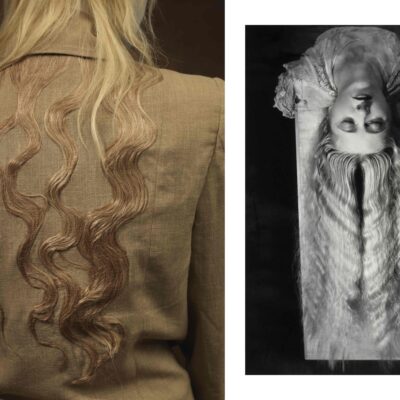
Exhibitions 18.07.2023
20.01.2019
1920scoutureFrench fashion
A dress epitomising the idea of style of one of the most celebrated designers of fashion history
Sleeveless dress in ivory and black chiffon, entirely decorated with fringes of glass straws and jais creating shades that go from dark black to light, translucent white. The dress was designed by Coco Chanel around 1924, and bears all the features of fashion of that time: the length, the simple line, the dynamism of the decoration, which was thought to be sparkling and moving, following the movement of the person wearing – or performing – it.
Coco Chanel is probably one of the most renown personality of the history of fashion. However, not many know her story well. Born Gabrielle Bonheur, she was born into poverty in the French countryside. When she was still very young, her mother died, and her father abandoned her to an orphanage. After working briefly as a shopgirl, Chanel worked for a few years as a café singer. Later, with the help of some wealthy friends, she opened a millinery shop in Deuville, in the south of France, where she also sold simple sportswear using jersey as main material. For her designs, Chanel focussed on simplicity and comfort, even for the creations she made as evening wear, and this as a real revolution, thinking about the flamboyant styles that were popular at the beginning of twentieth century. Her designs instead epitomise the sleek and modern style of the 1920s, contributing also to female emancipation (some would say ‘liberation’, given thatcher clothes did not have many understructures).
Chanel closed her couture house in 1939, right after the outbreak of WW2. She returned to fashion after the war, in 1954, year in which she reopened her fashion house. Coco Chanel died in 1971 in Paris.